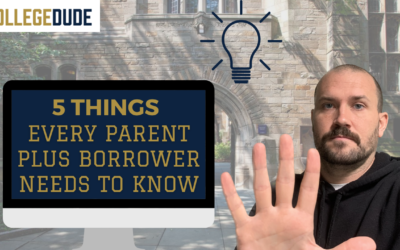The cost of college varies depending on the type of institution, location, and program of study. On average, a public four-year college in the U.S. can cost $10,000-$30,000 per year, while private colleges can cost upwards of $80,000 or more per year.
But don’t panic just yet, there’s a silver lining! A large amount of financial aid is available to help cover the costs of college. This can come in the form of scholarships, grants, loans, and work-study programs. To find out how much financial aid you may be eligible for, you can fill out the Free Application for Federal Student Aid (FAFSA). Check out our guide to completing the FAFSA here. Before we figure out how to best pay – let’s look into the breakdown of college costs.
What makes up the costs of college?
The total cost of college typically consists of
1. Tuition and fees
2. Room and board
3. Books and supplies
4. Transportation
5. Personal expenses.
These costs can vary depending on the type of institution, location, and program of study. Additionally, some colleges may offer meal plans or on-campus housing, which can affect the cost of room and board. It’s important to research and understand the breakdown of costs before making a decision on which college to attend.
What are the different ways in which you can pay for college?
The most common ways to pay for college are the following:
- Scholarships: merit-based or need-based awards that do not need to be repaid.
- Grants: financial aid that does not need to be repaid, often based on financial need or other eligibility criteria.
- Federal student loans: low-interest loans provided by the government to help cover college costs.
- Private student loans: loans offered by banks, credit unions, and other financial institutions to help pay for college.
- Work-study programs: part-time jobs offered on or off campus to help students pay for college expenses.
- Savings: such as a college savings plan or personal savings.
- Personal or family contributions: including gifts from family members, selling assets, or taking out a second mortgage.
How do I get started?
It’s best to answer 2 questions:
- Is college right for me?
- How much should I pay for it?
To best determine if you should be investing the money in college, you should determine if your career field of choice requires a 4 year degree. In the event it does, you should then determine how much you can realistically afford. That is a much more complicated question to answer. Schedule some time with me to discuss that and determine if you can pay for college without setting yourself back.






